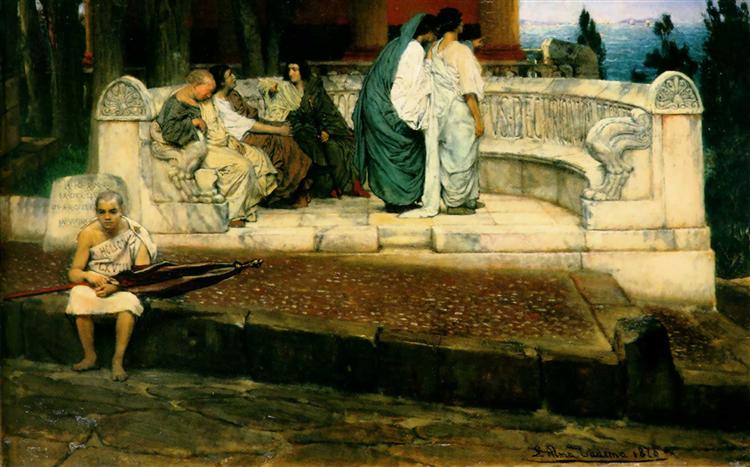
11:00 am – 1:00 pm
Zoom
Please register here in order to receive the zoom link for the event.
“Living with the Dead: Urbanism in the Roman Suburb”
The Roman city was a bounded space, surrounded by barriers both physical and conceptual. Fortification walls, natural features, the edges of orthogonal grids, and religious borders like the pomerium all worked together to distinguish the urban from the non-urban, to define the city versus everything beyond it. The dead made up one of the primary groups regulated by such boundaries. From the codification of Rome’s earliest law code, the Twelve Tables, in the fifth c. BCE, the dead were banned from the city proper and their tombs restricted to the zone outside it. Nevertheless, from the first century BCE Roman cities across the Italian peninsula began to develop suburbs, densely urbanized neighborhoods located beyond their traditional urban boundaries. Here, houses and shops, workshops and sanctuaries, rubbish dumps and major public buildings jostled cheek-to-jowl with the tombs of the dead, which grew increasingly monumental in the same period. This lecture examines the suburbs of Roman Italy as a historical phenomenon, calling on recent archaeological evidence to reconstruct these neighborhoods, which effectively urbanized the dead and tied them into patterns of daily life. Considering the factors that led to the development of suburbs, I argue that tombs were key; these were not simply passive memorials, but active spaces that both facilitated and furthered the social and economic life of the city.
Moderator: Sailakshmi Ramgopal
Respondents: Joe Sheppard (Barnard College), Mary-Evelyn Farrior (Columbia University)

